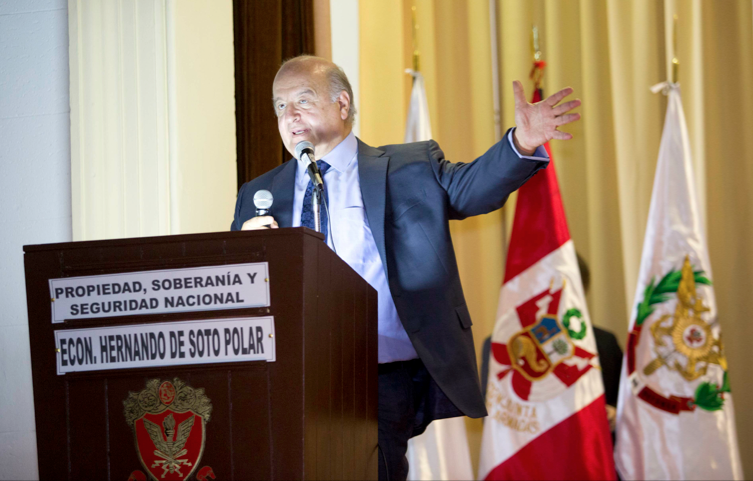 ILD's President Hernando de Soto was the main speaker at a conference on August 21st, 2015 at the Peruvian Armed Forces Joint College in the Chorillos district of Lima. The theme of the conference was Peru's property, sovereignty and national security. The Attendees included military leaders, students and foreign/local dignitaries from several embassies in Lima. During the speech De Soto brought up the successful defeat of the Shining Path.
ILD's President Hernando de Soto was the main speaker at a conference on August 21st, 2015 at the Peruvian Armed Forces Joint College in the Chorillos district of Lima. The theme of the conference was Peru's property, sovereignty and national security. The Attendees included military leaders, students and foreign/local dignitaries from several embassies in Lima. During the speech De Soto brought up the successful defeat of the Shining Path.


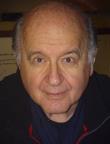
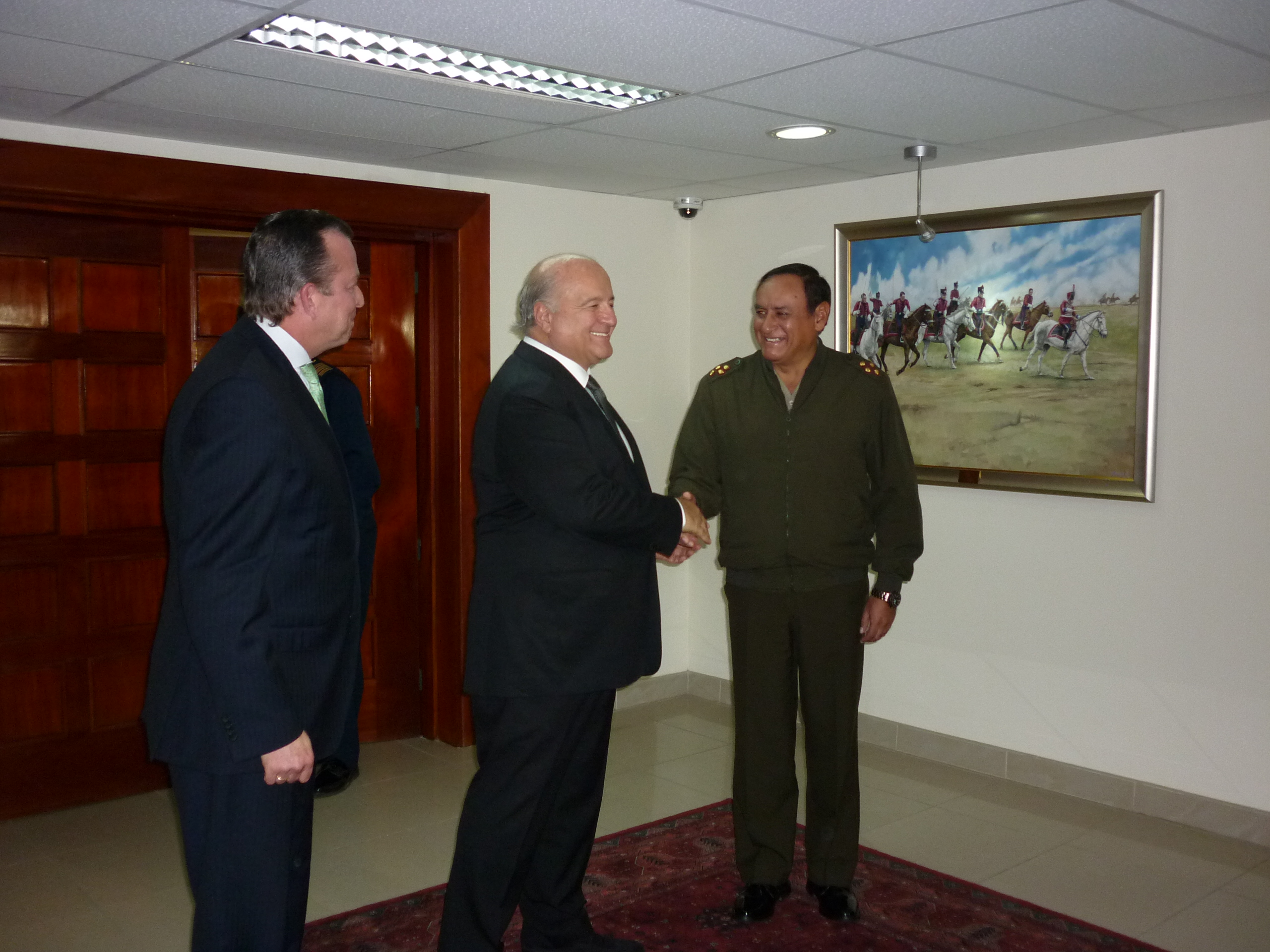 On August 18, 2015, ILD's Hernando de Soto met with the Peruvian Minister of Defense Jakke Valakivi, and Ronald Hurtado the Commander General of the Peruvian Armed Forces at their headquarters in Lima. At the meeting, which was attended by the press, the two spoke about the upcoming conference at the Joint College of the Armed Forces, where De Soto is the main speaker at a conference.
On August 18, 2015, ILD's Hernando de Soto met with the Peruvian Minister of Defense Jakke Valakivi, and Ronald Hurtado the Commander General of the Peruvian Armed Forces at their headquarters in Lima. At the meeting, which was attended by the press, the two spoke about the upcoming conference at the Joint College of the Armed Forces, where De Soto is the main speaker at a conference. One of the challenges facing the Buhari administration is widespread poverty across the land. The situation appears to have been worsened by the failure of successive governments to implement effective poverty alleviation measures.
One of the challenges facing the Buhari administration is widespread poverty across the land. The situation appears to have been worsened by the failure of successive governments to implement effective poverty alleviation measures. Every year, on July 28, Peru’s Fiestas Patrias celebrates the country’s independence. In light of the historic day, here are just five facts that you may not have known. What would you add to the list?
Every year, on July 28, Peru’s Fiestas Patrias celebrates the country’s independence. In light of the historic day, here are just five facts that you may not have known. What would you add to the list?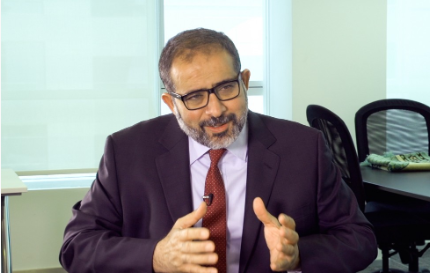
 I certainly picked the brains of everyone who would tolerate me and the topics were broad. Everything from encoding personal identity and property rights into the blockchain to making elections transparent. Hernando de Soto was a standout. His book The Mystery of Capital was most talked about. Bill Tai loaned me his copy to read on the beach while I was there.
I certainly picked the brains of everyone who would tolerate me and the topics were broad. Everything from encoding personal identity and property rights into the blockchain to making elections transparent. Hernando de Soto was a standout. His book The Mystery of Capital was most talked about. Bill Tai loaned me his copy to read on the beach while I was there. Like many Western academics on a tight budget when faced with poor and nonsensical statistics outside Western nations, Piketty takes European indicators and extrapolates them on to such countries to draw global conclusions. This ignores the fact that 90 percent of the world population lives in developing countries and former Soviet states, whose inhabitants produce and hold their capital in the informal sector, that is to say, outside of official statistics.
Like many Western academics on a tight budget when faced with poor and nonsensical statistics outside Western nations, Piketty takes European indicators and extrapolates them on to such countries to draw global conclusions. This ignores the fact that 90 percent of the world population lives in developing countries and former Soviet states, whose inhabitants produce and hold their capital in the informal sector, that is to say, outside of official statistics.
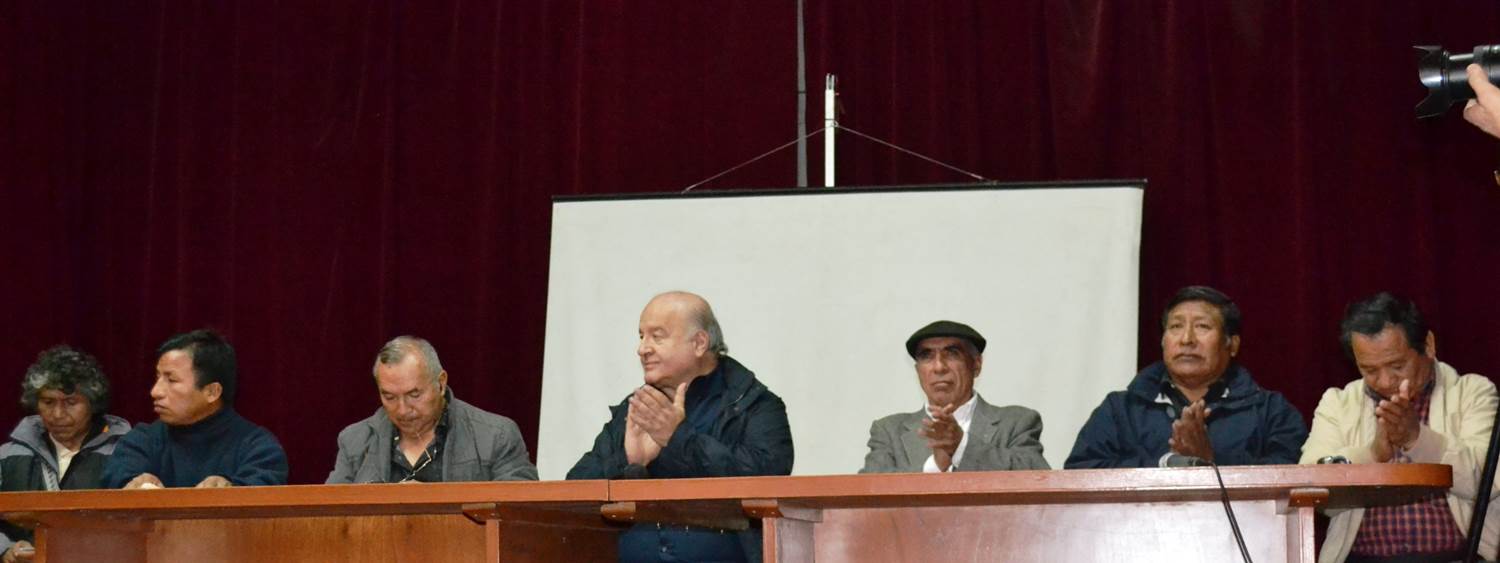

 Hernando de Soto
Hernando de Soto So far, Piketty’s critics have offered only technical objections to his number crunching without contesting his apocalyptic political thesis, which is clearly wrong. I know this because over the last years my teams conducted research in the field exploring countries where misery, violence and wars are rampant in the 21st century. What we discovered was that most people actually want more rather than less capital, and they want their capital to be real and not fictitious.
So far, Piketty’s critics have offered only technical objections to his number crunching without contesting his apocalyptic political thesis, which is clearly wrong. I know this because over the last years my teams conducted research in the field exploring countries where misery, violence and wars are rampant in the 21st century. What we discovered was that most people actually want more rather than less capital, and they want their capital to be real and not fictitious.
